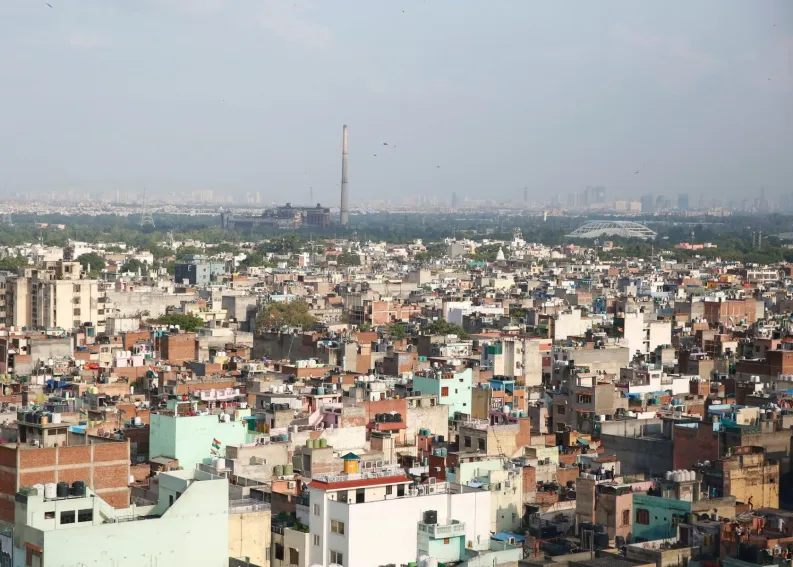
How multi-modal logistics parks could reshape India’s logistics sector
MMLPs could immensely reduce logistics costs in the country.
According to JLL, the development of Multi-modal Logistics Parks (MMLP) at strategic locations is envisaged as a key policy measure to rationalise the cost of logistics in India and improve its competitiveness.
JLL defines MMLP as a freight handling facility with various modes of transport access and comprising mechanised warehouses, specialised storage solutions such as cold storage, facilities for mechanised material handling, and inter-modal transfer container and bulk cargo terminals.
Here’s more from JLL:
MMLP brings the combination of Road and Rail: Two most important modal transport modes, which comprise 90% of countries cargo movement. These parks provide space for material handling related to domestic and international (EXIM) cargo; intermodal transfer of container bulk and break-bulk cargo; late-stage manufacturing activities such as kitting, final assembly, grading, sorting, labelling, and packaging activities, reworking, and returns management; use of technology and design to ensure higher efficiency through mechanised warehousing; Infrastructure for enabling seamless multi-modal freight transfer; and value-added services such as customs clearance, bonded storage yards, quarantine zones, testing facilities, and warehousing management services.
Integrated logistics hubs with multi-modal transport infrastructure, modern logistics facilities, along with dedicated areas for manufacturing and other trade-related activities, have emerged as clusters of regional industrial and economic development. These clusters play a crucial role in national logistics networks in countries such as the United States, Russia, Australia, Dubai, Canada, members of the European Union, as well as South Asian countries.
In India, a long-term strategic plan called the National Rail Plan, 2030 has been developed to plan infrastructural capacity enhancement, along with strategies to increase the modal share of the railways in the total freight ecosystem in the country.
As part of the National Rail Plan, Vision 2024 has been launched for accelerated implementation of certain critical projects by 2024, such as 100% electrification, multi-tracking of congested routes, up-gradation of speed to 160 km/h on Delhi-Howrah and Delhi-Mumbai routes, and 130km/h on all other Golden Quadrilateral-Golden Diagonal (GQ/GD) routes and elimination of all Level Crossings on all GQ/GD routes.
Read the full report here.



















 Advertise
Advertise




